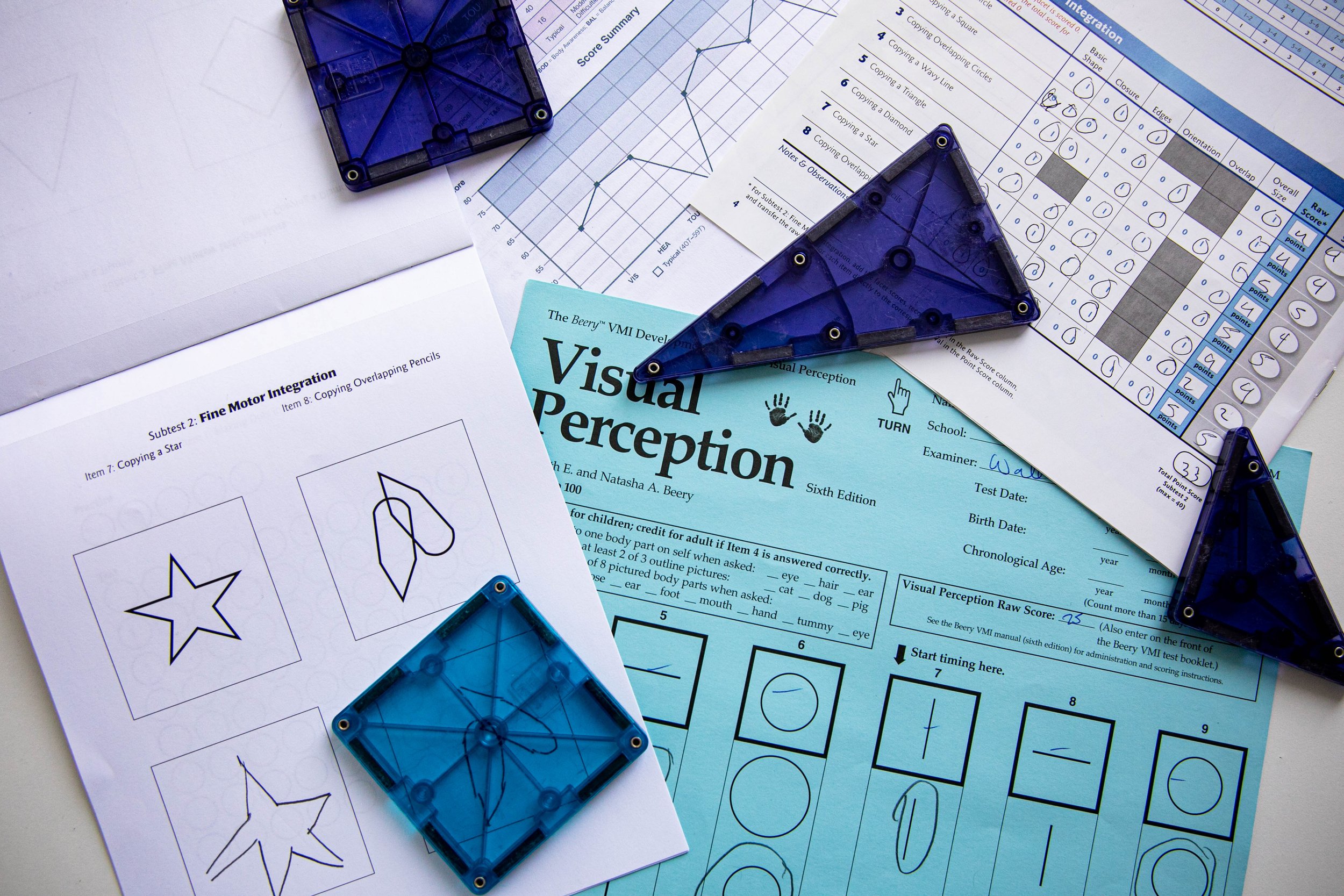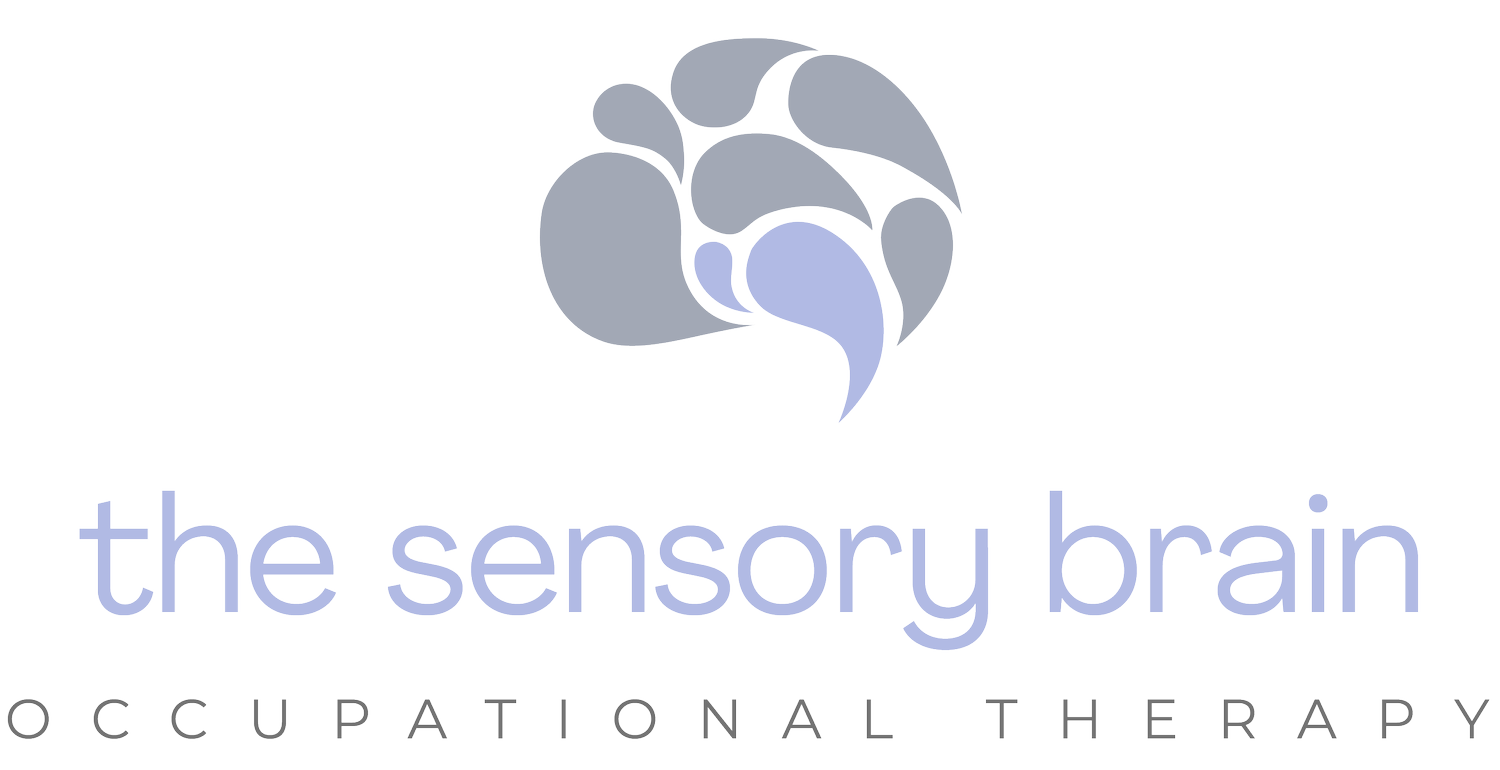
Occupational Therapy Evaluations
What’s Included in an OT EVALUATION?
It starts here. We’ll get to know each other, determine the client's strength and areas for growth, and develop a plan for working together, if needed.
The evaluation process includes caregiver and includes interviews, functional skills assessments and observations, and the use of standardized assessments to identify areas for growth for the client. We’ll look at sensory processing, motor skills, participation in self-care tasks, and emotional regulation. From there, we will work together to identify a treatment plan and goals to help the client do the things they want and need to do every day.
Health insurances typically want an occupational therapy evaluation prior to paying for individual OT sessions. OT Evaluations can be given to any provider to help them understand the individual's needs to then make the best accommodations for them.
Standardized Assessments
We will administer one or more of the following assessments depending on the individual's age and abilities.
Bayley Scales of Infant Development (Bayley-4)
Beery-Buktenica Visual Motor Integration Test (Beery VMI)
Sensory Profile (SP-2)
Sensory Processing Measure (SPM-2)
Peabody Developmental Motor Scales
Bruininks-Oseretsky Test of Motor Proficiency (BOT-2)
Clinical Observations and Interpretations
Chart review and medical history
Informal measures, such as family member or educator report
Clinical observations of sensory and motor abilities, participation, attention, engagement, and abilities
Recommendations
This can sometimes include referrals to other providers such as psychologists, psychiatrists, neurologists, speech, behavioral, and physical therapists.
Frequency of sessions
Client recommendations to start immediately
Individualized goals
Goals are used to target specific areas for maximum progress.
Goals should be SMART!
Specific, sensible,
significant the client
and family
S
M
Measurable
A
Achievable
and attainable
R
Relevant (reasonable, realistic and resourced, results-based).
T
Time-based
